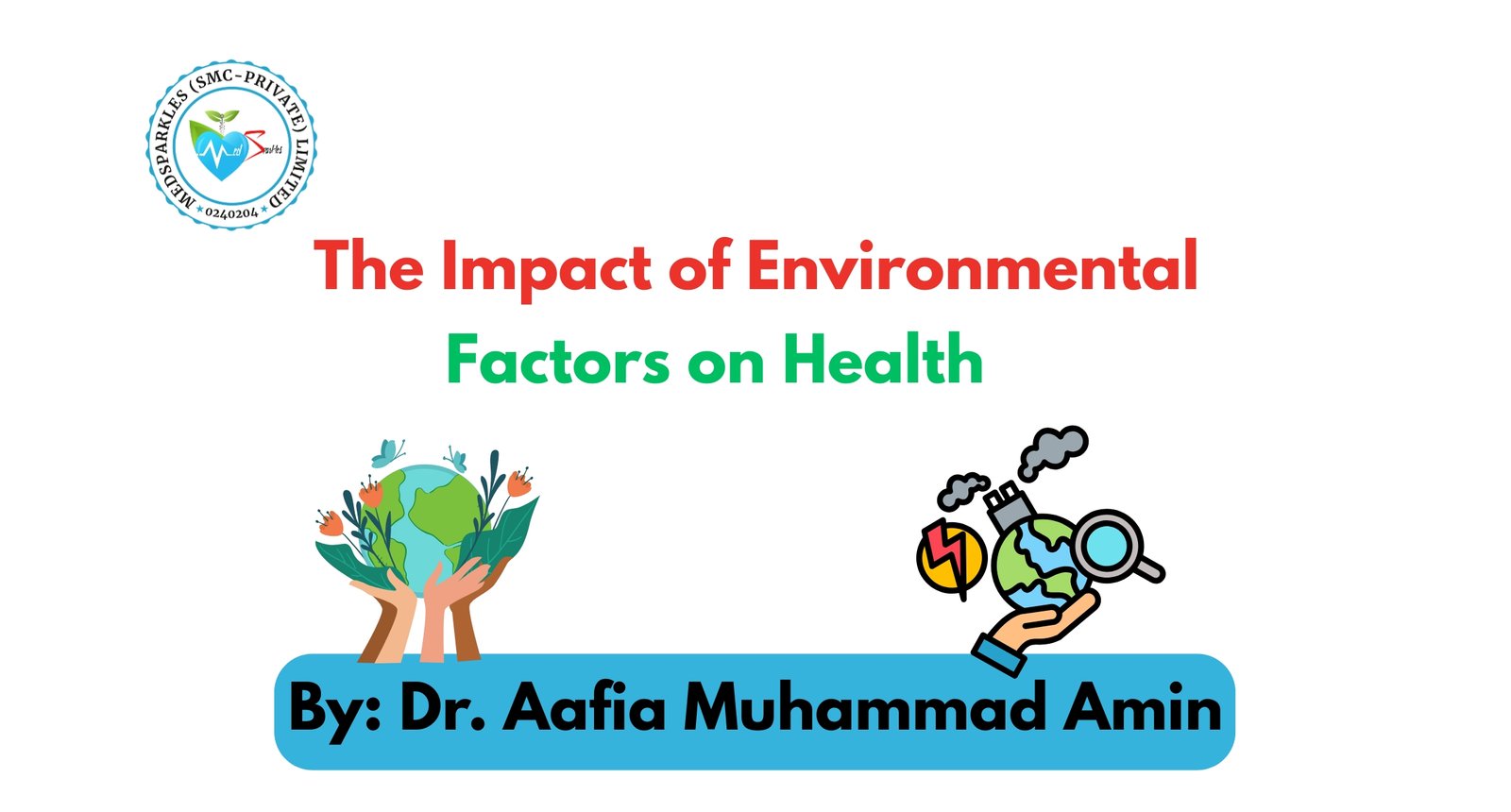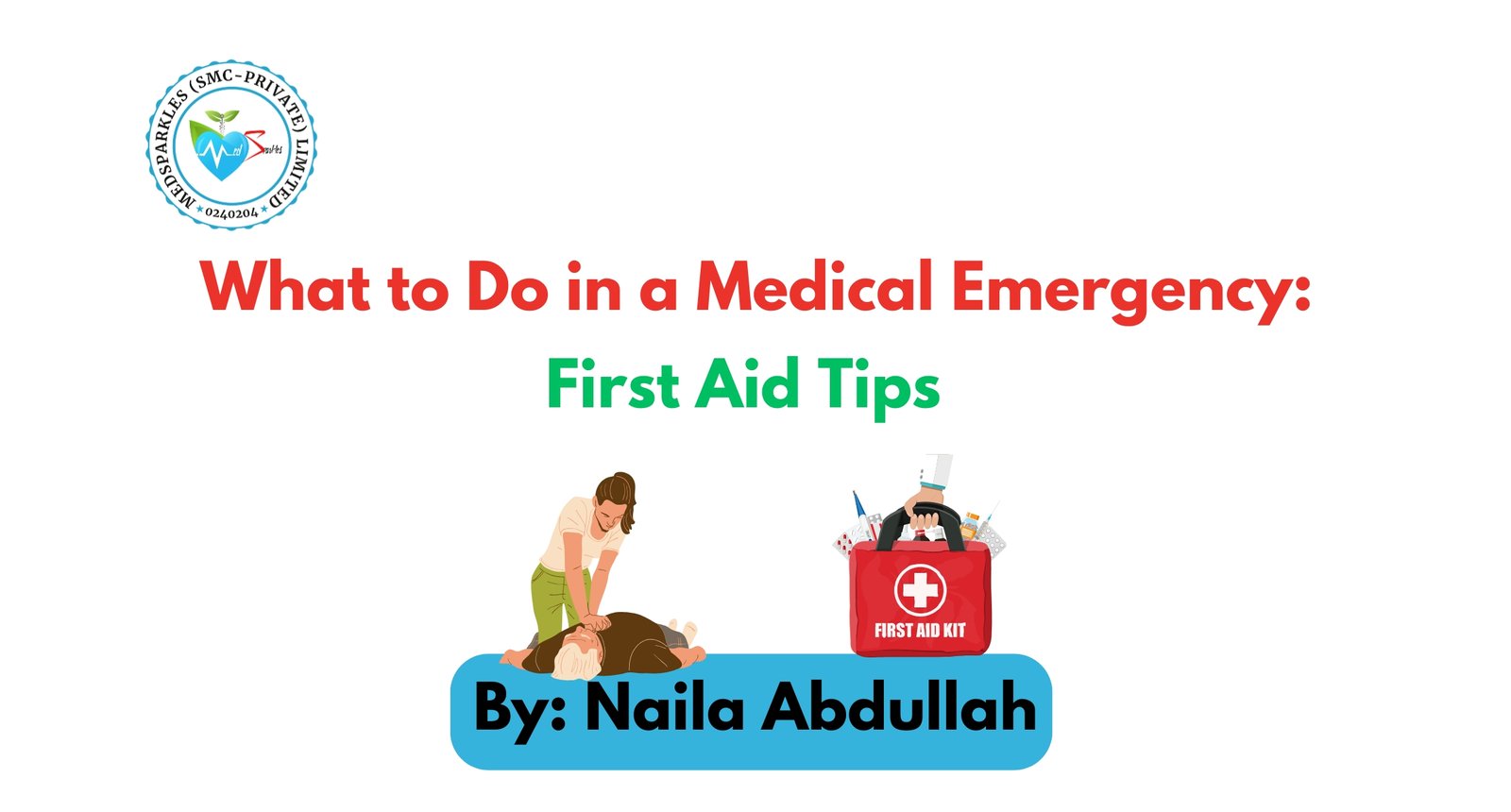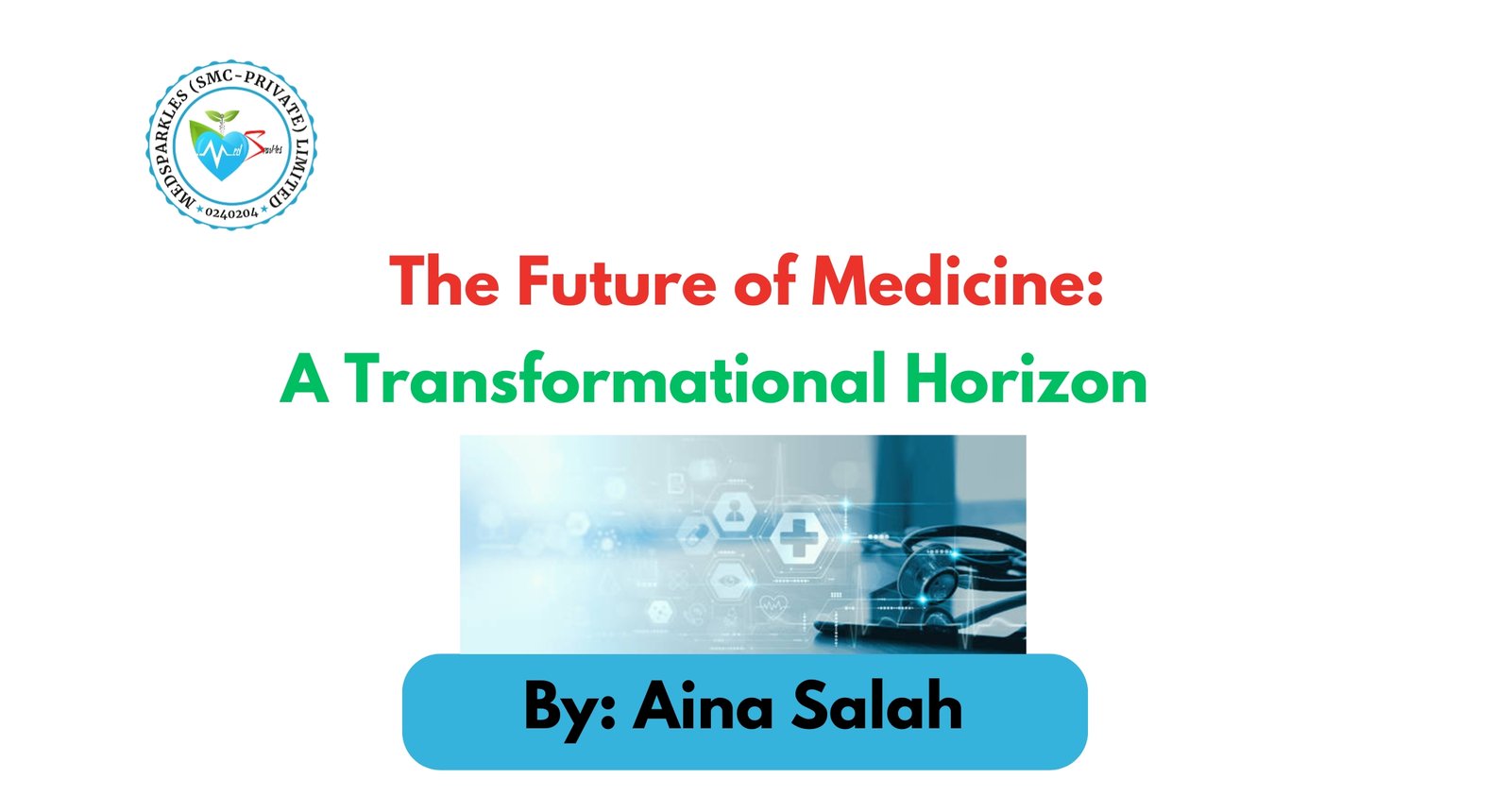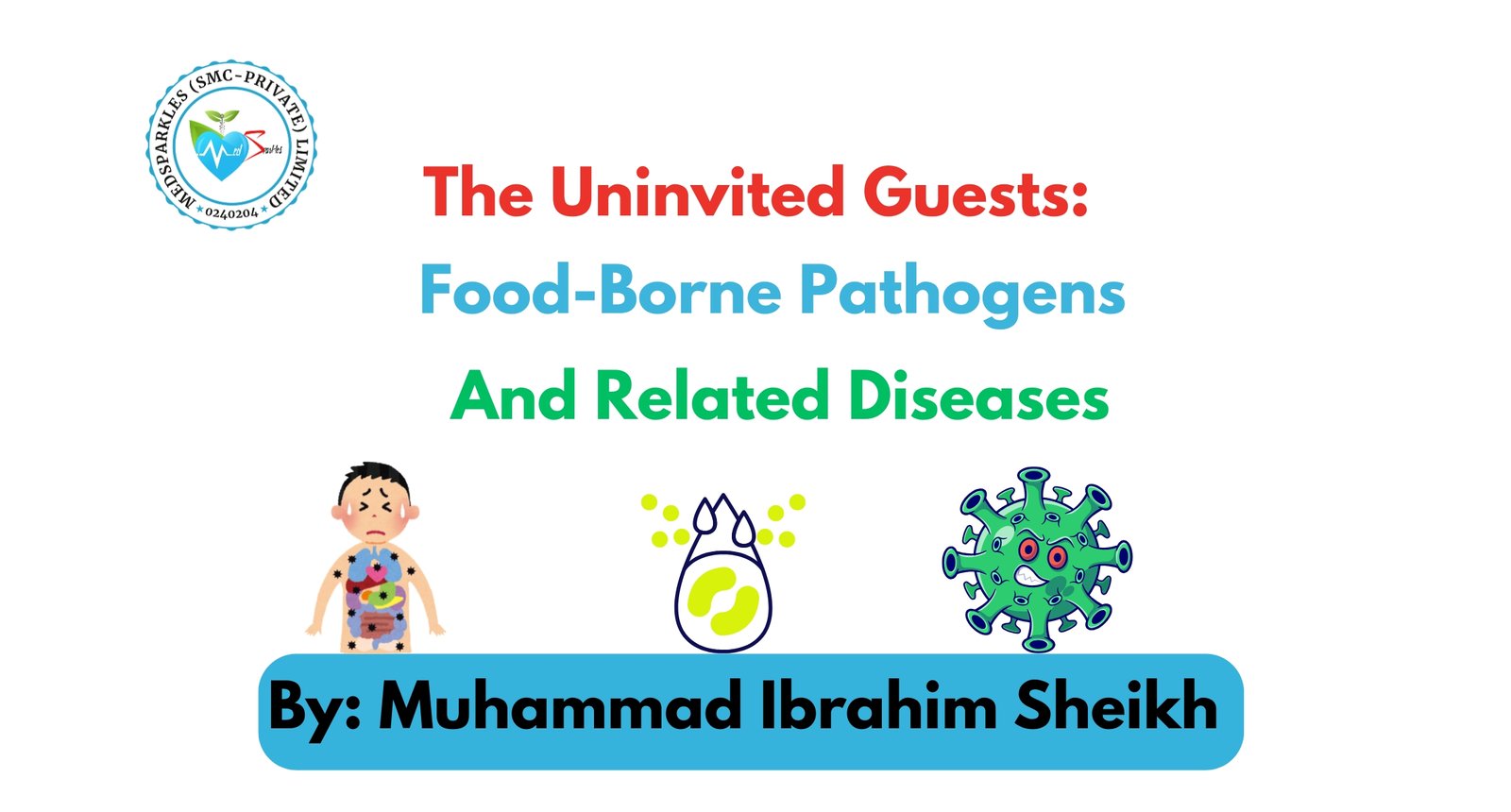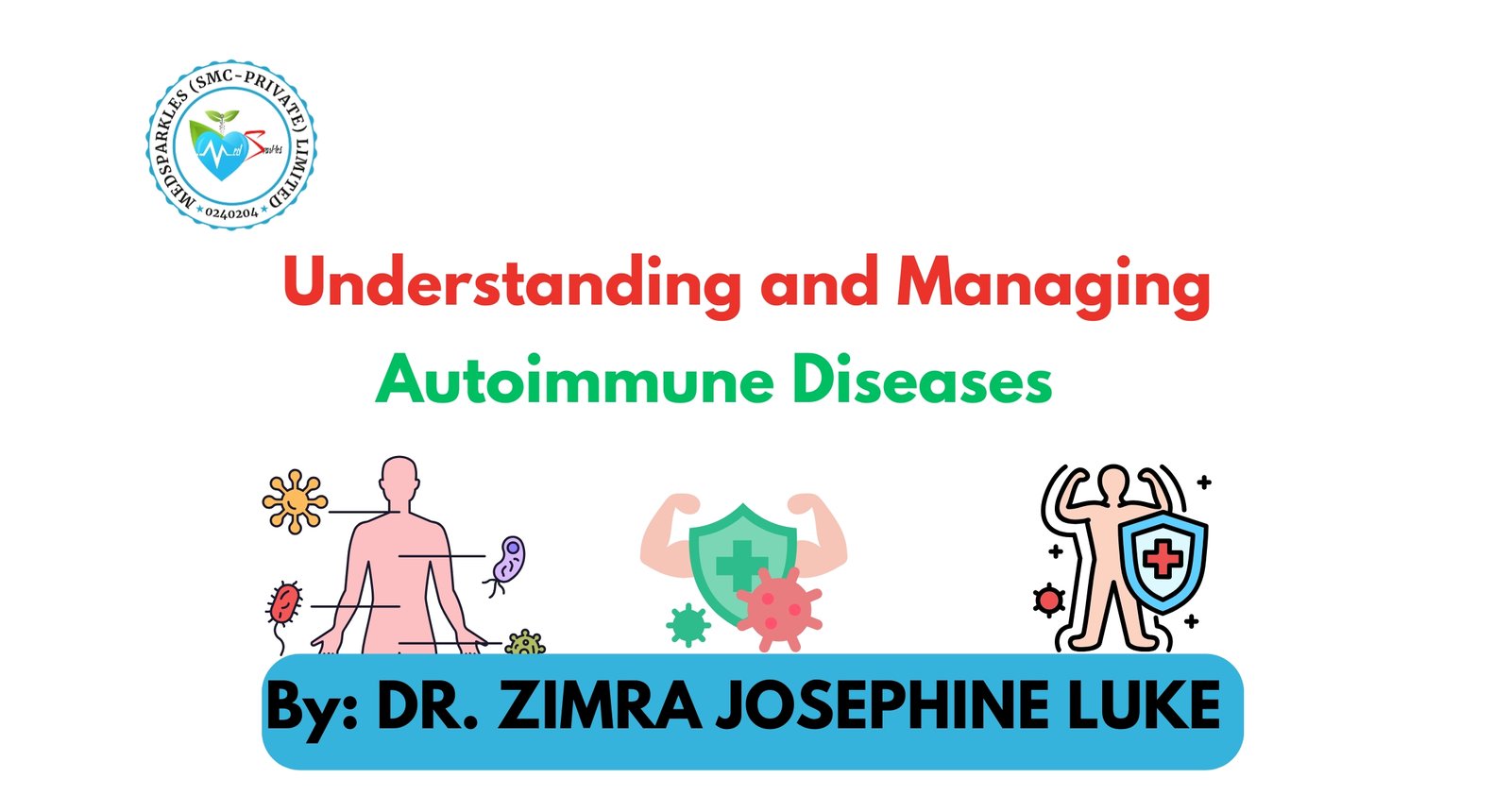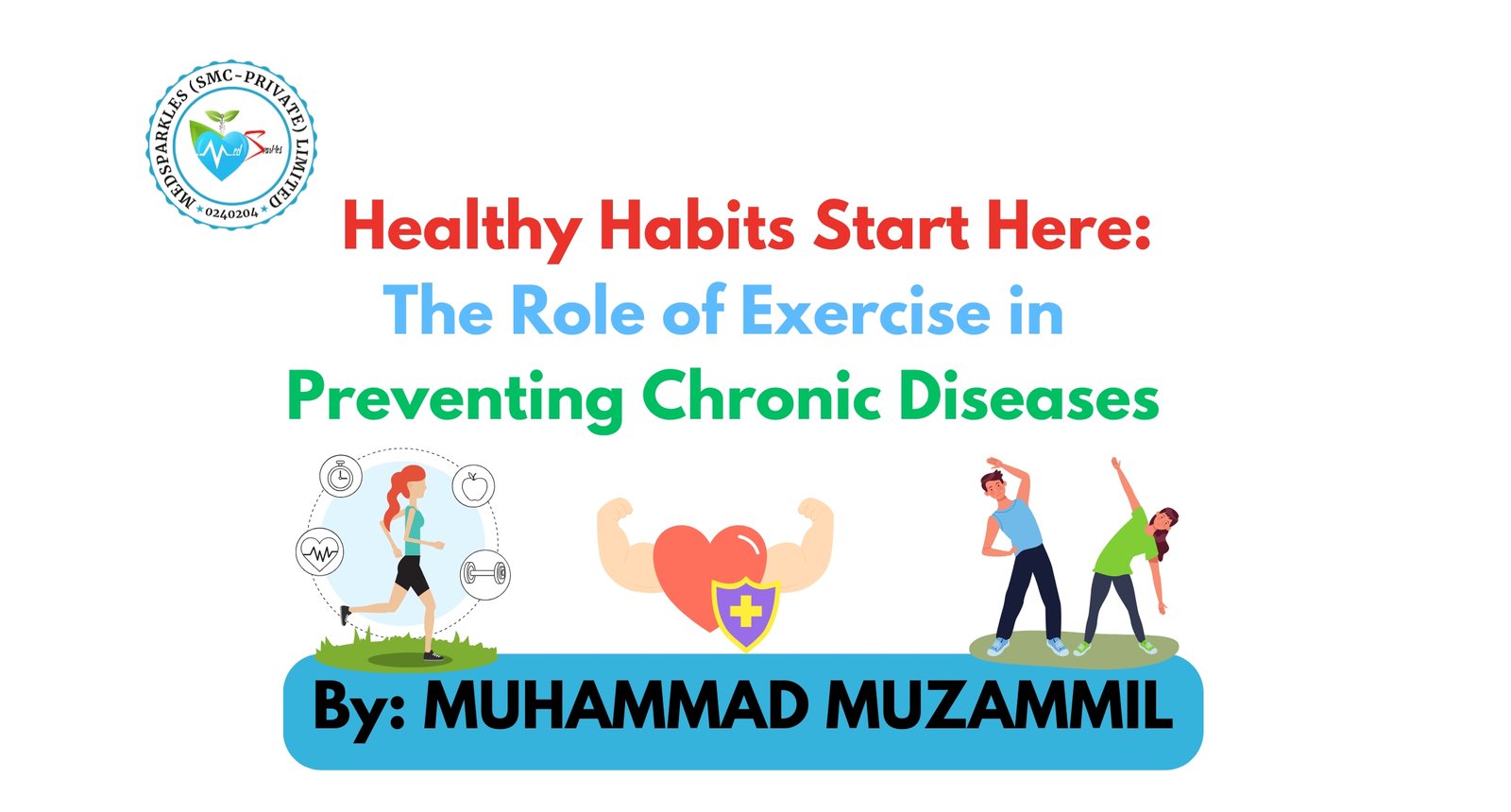When the word “Health” strikes our minds, we often picturize it as doctors in white coats, pills in labeled bottles, or fitness routines that add energy and improve life quality. Real health isn’t shaped only by what we eat, how much we move, or the genes we inherit. It’s shaped by the air we breathe, the water we drink, the homes we live in, and the streets we walk on.
Our environment is not just a backdrop to our lives; it is an active participant in our well-being. A clean, healthy, and balanced environment not only acts as a shield protecting us but also nurtures and supports us. A toxic, polluted, or unsafe environment, on the other hand, quietly deteriorates our well-being in ways we don’t always notice right away, leading to serious illness, long-term health problems, or even loss of life.
This is why understanding the impact of environmental factors on health isn’t just an academic discussion; it’s about how we live every single day.
Air Quality and Respiratory Health:


Air is the factor that remains invisible yet can affect every single cell in our body with every breath. If you inhale clean air, it nourishes the lungs, provides oxygen to fuel the body cells, and keeps you alive and active. Inhaling polluted and unclean air, on the other hand, carries tiny invisible particles and harmful gases that silently damage our lungs and other organs over time.
The major sources of air pollution are vehicle emissions, industrial waste, construction dust, the burning of fossil fuels, and indoor pollutants such as tobacco smoke. Prolonged exposure to polluted air can increase the risk of serious respiratory diseases, such as:
• Asthma and chronic bronchitis
• Allergic reactions
• Lung cancer
• Cardiovascular diseases
• Low birth weight in infants
Children, the elderly, and people with preexisting respiratory conditions are the most vulnerable, but none of us is completely safe.
Unfortunately, air pollution doesn’t only affect the lungs. Tiny pollutants can enter the bloodstream, causing inflammation, heart strain, and even affecting mental health. This is critically important for residents of cities with dense traffic and unclean air. Hence, cleaner air isn’t just about comfort; it’s about preventing disease before it starts.
Water Quality and Waterborne Diseases
Life without water doesn’t exist, but unsafe water can be deadly. Water is essential for every function of our body, from regulating temperature to removing toxins. But not all water is safe. Millions of people in the world still lack access to clean drinking water. Contaminated water can carry harmful bacteria, viruses, and chemicals that lead to diseases such as diarrhea, cholera, dysentery, hepatitis A, typhoid, and other gastrointestinal infections. Hence, such unclean water can become a source of disease rather than a source of life.
Sources of water pollution include:
• Industrial waste dumped into rivers and lakes
• Poor sewage systems
• Agricultural chemicals and pesticides
• Natural contamination like arsenic or fluoride in groundwater
In communities with poor sanitation, these problems often go unnoticed until outbreaks occur. Children are especially at risk, as their immune systems are still developing.
Additionally, water quality doesn’t only encompass clean water for drinking; the quality of water used for cooking, washing, and farming also matters. Simple measures such as water filtration, proper sanitation systems, waste management, and hygiene education can drastically reduce waterborne illnesses.
Food Safety, Agriculture, and Nutrition
The food on our plates portrays a mightier picture of the soil it grew in, the water that nourished it, and the chemicals that may have touched it. If the soil, air, or water is contaminated, it directly affects crops, animals, and ultimately our health.
Pesticides, fertilizers, and industrial pollutants not only enter the food chain but also build up in our bodies over time and can contribute to hormonal disturbances, reproductive issues, cancers, and neurological problems in the long run.
Along with that, climate change can influence crop yield and nutrition. Unpredictable rainfall, floods, droughts, and heatwaves are disrupting agriculture. Even the quality of seafood isn’t up to the mark. Polluted oceans lead to fish contaminated with mercury, plastic, or other toxic substances.
Food quality, therefore, not only covers how we store or cook food. It starts much earlier in the soil, water, and environment in which food is produced. Cleaner soil, safer farming practices, and reduced pollution make healthier meals and healthier people.
Climate Change and Extreme Weather
Climate change isn’t a distant crisis anymore. It’s here, affecting our health in subtle and dramatic ways. Heatwaves, intense storms, and changing rainfall patterns pose a negative impact on our health in many ways. Prolonged exposure to extreme heat can cause dehydration, heat exhaustion, heatstroke, and worsen heart or lung conditions. It can severely affect elderly individuals, children, and outdoor workers. Flooding destroys homes, contaminates water, increases the spread of infectious diseases, and causes food insecurity from disrupted agriculture.
Moreover, changing climates also affect the distribution of disease-carrying insects like mosquitoes. This can increase the spread of illnesses such as malaria, dengue, and chikungunya in areas where they were previously rare.
Therefore, climate change isn’t just an environmental issue; it’s a public health emergency.
Biological and Chemical Hazards

Environmental hazards can be biological (like pathogens) or chemical (like toxins and pollutants). When these silent invaders enter our surroundings, they can trigger acute or chronic health problems.
- Biological hazards include bacteria, viruses, molds, and allergens present in air, soil, and water. Contributing factors, such as stagnant water, become a breeding ground for mosquitoes, increasing the spread of vector-borne diseases. Poor waste management can attract pests and rodents, contributing to disease transmission.
- Chemical hazards are equally harmful and can dangerously affect vulnerable communities. Common sources of chemical hazards include industrial waste, pesticides, plastics, heavy metals (like lead and mercury), and household chemicals, which can contaminate air, water, and soil. Long-term exposure can damage the nervous system, kidneys, liver, or cause cancer.
In many developing regions, people live or work near factories and dumpsites without proper protection. Their bodies bear the hidden burden of these invisible toxins every day. These hazards cause slow, long-term damage without obvious early symptoms.
Workplace and Environmental Exposure
Many environmental risks come not from where we live but from where we work. People who work in industries, farms, construction sites, or laboratories may face daily exposure to dust, chemicals, noise, or temperature extremes. These factors can silently damage their health to a dangerous extent.
This occupational exposure can cause health problems like lung diseases from inhaling fine particles, skin irritation or burns from chemicals, hearing loss due to constant noise, and stress and fatigue from unsafe working conditions.
Therefore, proper protective equipment, regular health screenings, and workplace safety laws are essential. Every human deserves to work in an environment that doesn’t compromise their health.
Mental Health and Environmental Stressors
When we talk about air, water, and soil, mental health often gets overlooked. But our environment deeply affects how we feel.
Noise pollution, crowded spaces, lack of natural light, absence of green spaces, or living in unsafe neighborhoods can cause chronic stress, anxiety, irritability, and sleep disturbances. For example, exposure to constant noise from traffic or construction can lead to hypertension and cardiovascular diseases.
In contrast, spending time in nature, even something as simple as a walk in the park, can improve mood, lower stress hormones, and increase concentration. This is why environmental health is deeply connected to emotional and psychological well-being.
Hygiene, Sanitation, and Preventive Health
A clean environment is one of the simplest and most effective ways to prevent disease. Simple but powerful measures like safe water, proper waste disposal, safe sanitation systems, and good hygiene practices can prevent a huge burden of infections.
The connection between personal hygiene and public health was strongly highlighted during the COVID-19 pandemic, where washing hands, wearing masks, and maintaining clean surroundings were considered life-saving measures.
Hence, good sanitation and hygiene practices can save millions of lives every year.
Environmental Injustice
Environmental factors don’t affect everyone equally. Low-income communities are often forced to live closer to polluted industrial areas, in unsafe housing, or with limited access to clean water and green spaces.
Children, the elderly, and people with chronic illnesses are more likely to be affected by environmental hazards. This is known as environmental injustice, which means that those who contribute the least to environmental degradation suffer the most from its impacts.
Therefore, it is not only important to address environmental health but also to ensure fairness, equity, and access to safe living conditions for everyone.
Steps toward a Healthier Environment
Every step counts because the relationship between the environment and health is not one-way. Just as a damaged environment can harm us, our actions can help heal it and, in turn, heal ourselves.
We can take the following steps on an individual basis to make a healthier environment for ourselves:
• Reduce plastic use and waste
• Conserve water and energy
• Plant trees or support green spaces
• Avoid burning waste
• Choose cleaner modes of transport when possible
The following are the steps that can be taken on a community level to ensure a cleaner environment and better health:
• Advocating for cleaner air and water
• Participating in clean-up drives
• Educating others about environmental health
On a policy level, here’s how governments and organizations can contribute to making Earth a cleaner place to live in:
• Enforce pollution control laws
• Invest in green infrastructure
• Ensure safe drinking water
• Promote renewable energy sources
• Prioritize vulnerable populations
Every effort, no matter how small, creates a ripple. When enough ripples join, they make a wave of change. So, creating a healthier environment is a shared responsibility of individuals, communities, industries, and governments. Every clean street, every tree planted, every liter of water saved adds up.
Conclusion:
Our environment is like a silent partner in our lives. We may not always see it or hear it, but we live in it. The cleaner the air, the safer the water, the greener the surroundings, the healthier we become. Therefore, environmental health isn’t a luxury. It’s a foundation for a healthier, happier, and more sustainable future. And the responsibility doesn’t belong to one person or one organization alone. It belongs to all of us, together.
Because when the planet thrives, so do we.
FAQs:
1. How do environmental factors influence our overall health?
Environmental factors like air quality, water cleanliness, soil condition, and climate play an active role in shaping our health. They affect everything from the air we breathe and the food we eat to our mental well-being and disease risk. A clean environment supports health, while a polluted one can lead to chronic illnesses and reduced life expectancy.
2. How does climate change affect human health?
Climate change leads to extreme weather events like heatwaves, floods, and storms. These conditions can cause dehydration, heatstroke, food and water contamination, and the spread of insect-borne diseases like malaria and dengue. It also disrupts agriculture, leading to food insecurity.
3. What kinds of environmental hazards can impact communities?
Environmental hazards can be biological (like bacteria, viruses, and molds) or chemical (like industrial waste, pesticides, and heavy metals). These hazards can damage the lungs, heart, liver, kidneys, and nervous system, often without immediate visible symptoms, especially in communities near polluted sites.
4. How does the environment affect mental health?
Factors like noise pollution, crowded spaces, lack of green areas, and unsafe surroundings can cause stress, anxiety, and sleep problems. In contrast, spending time in natural spaces helps reduce stress hormones, improve mood, and increase concentration, supporting emotional well-being.
5. What steps can individuals and communities take to improve environmental health?
Individuals can reduce plastic use, conserve water, plant trees, and avoid burning waste. Communities can organize clean-up drives, advocate for clean air and water, and spread awareness. On a larger scale, governments can enforce pollution control laws, invest in green infrastructure, and ensure access to safe drinking water.
